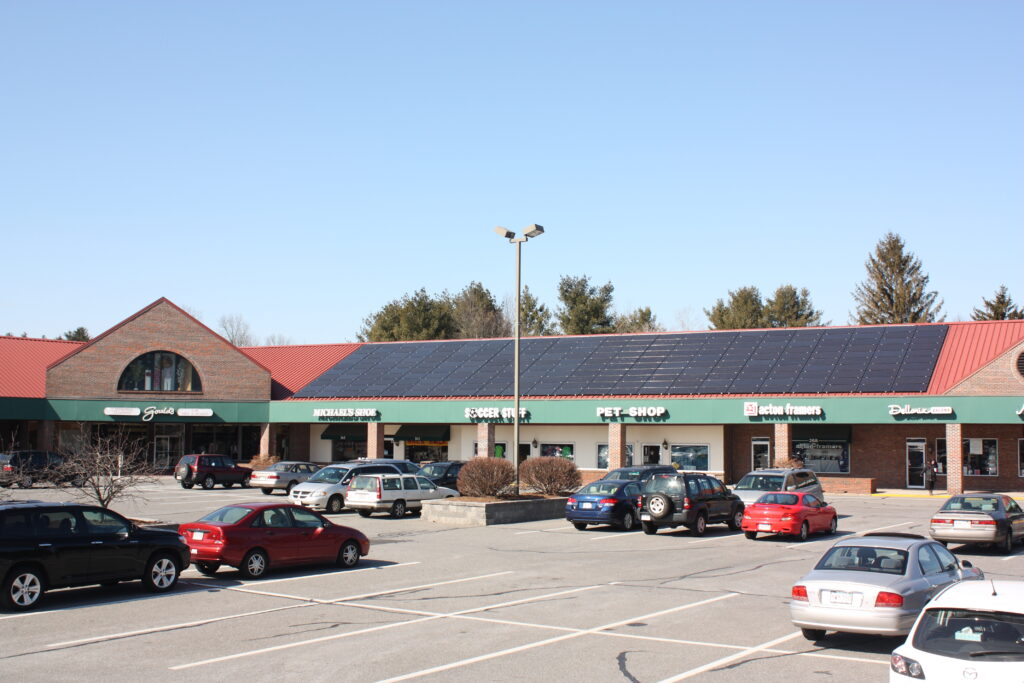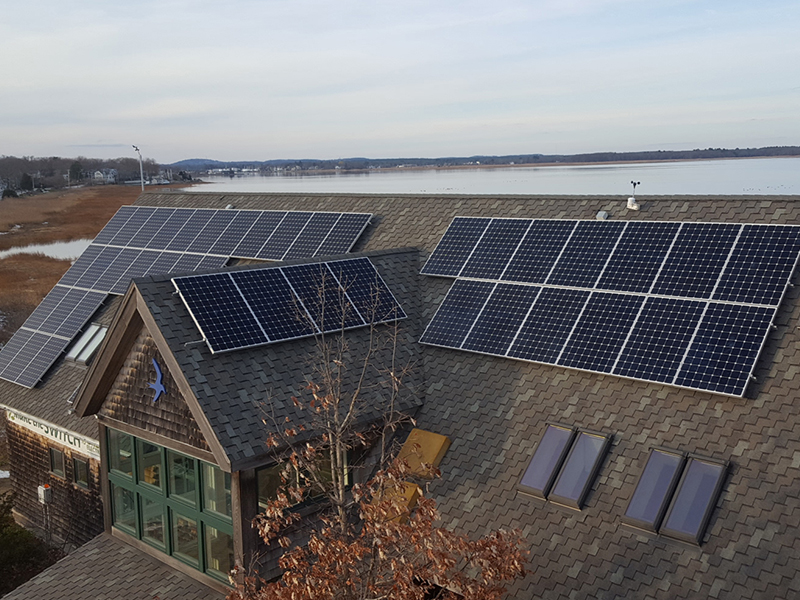As we approach 2024, the case for transitioning to commercial solar energy has never been stronger, especially for nonprofits and for-profit businesses. Most people think of cost savings, which is true. But embracing commercial solar power offers that plus a myriad of other benefits that extend well beyond direct dollars and cents. Let’s explore each reason in more detail:
1. Cost Savings
Straight up, the common belief that solar saves money is true; making the switch to commercial solar power can lead to significant long-term savings on energy expenses. Solar panels generate electricity from the sun’s energy, dramatically reducing or even eliminating monthly utility bills. By channeling these savings back into core missions, organizations can maximize their impact and further their objectives. 
2. Environmental Impact
Adopting commercial solar power showcases a commitment to sustainability and actively reduces carbon dioxide emissions. By generating clean and renewable energy, nonprofit and for-profit businesses can significantly reduce their carbon footprint and contribute to mitigating climate change. This commitment to environmental stewardship enhances their reputation among environmentally conscious stakeholders, attracting supporters who value eco-friendly practices.
3. Energy Independence
Commercial solar power empowers organizations to diminish their reliance on traditional energy sources, such as fossil fuels. This reduces vulnerability to fluctuating (and ever-increasing) energy prices and enhances operational resilience. By generating their own electricity at a fixed up-front price, nonprofits and businesses gain greater control over their future energy needs and costs, ensuring a consistent and reliable energy supply at a fixed budget for years to come.
4. Positive Public Relations
Installing commercial solar power can attract positive attention and resonate with potential donors, investors, and customers who prioritize socially responsible practices. Demonstrating a commitment to sustainable energy sources enhances an organization’s reputation and can lead to increased support and engagement. By being perceived as an environmentally responsible entity, nonprofits and businesses can differentiate themselves and gain a competitive edge in their respective markets or constituents.
5. Tax Incentives
Various tax credits and incentives are available to organizations that embrace commercial solar energy, most particularly the Federal Solar Investment Tax credits. Governments at all levels have recognized the importance of renewable energy adoption and offer financial incentives to support it. These incentives can significantly reduce the upfront costs and accelerate the return on investment, making the transition to solar financially advantageous. Further, for-profit entities can depreciate the cost of solar as a capital investment, further reducing their income taxes over and above the investment tax credit. (insert link to new e-book on incentives)
 6. Long-Term Stability
6. Long-Term Stability
Commercial solar power offers a stable and predictable energy source. Unlike fossil fuels, the sun’s energy is consistently available, making solar power a reliable and resilient energy solution. By generating their own electricity, nonprofits and businesses can shield themselves from the volatility of conventional energy markets, ensuring stable energy costs over the long term.
7. Community Leadership
By installing commercial solar power, nonprofits and businesses can inspire and lead their communities towards sustainable solutions. Acting as role models, these organizations demonstrate their commitment to environmental preservation and encourage others to follow suit. They contribute to local sustainability efforts, promoting a greener and more resilient community.
In 2024, embracing commercial solar power represents a strategic and forward-thinking decision that can yield financial, environmental, and reputational advantages. Nonprofits and businesses considering this transition have a unique opportunity to position themselves as leaders in sustainability, ultimately shaping a brighter future for their organizations and communities.
Find some examples of our commercial installations here!
If you liked this article, you may also like:
New Ebook! Solar Energy MythBusters: Debunking Common Misconceptions





